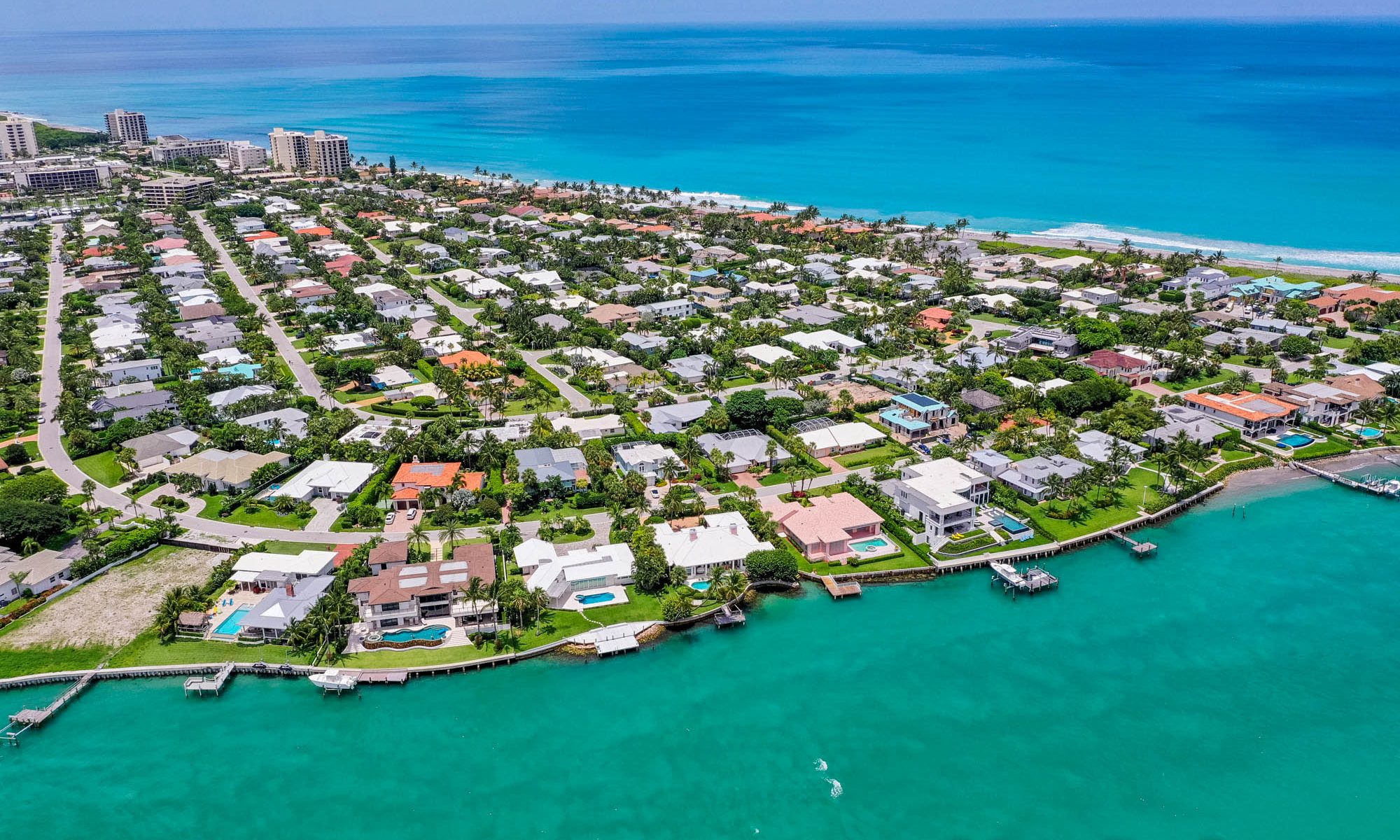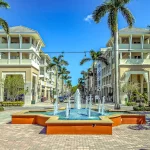When and How to Renovate Your Rental Property to Attract Long-Term Tenants
Understanding the Importance of Rental Property Renovations
Renovating a rental property is a strategic investment that can significantly enhance its appeal, increase rental income, and attract long-term tenants. While some landlords hesitate due to the upfront costs, well-planned renovations can lead to higher occupancy rates and lower tenant turnover, ultimately maximizing returns. Knowing when and how to renovate is crucial to ensure the improvements align with tenant expectations and market demands.
When to Renovate Your Rental Property
1. High Vacancy Rates and Low Tenant Retention
If your rental property experiences frequent tenant turnover or prolonged vacancies, it may be time for a renovation. Prospective renters are drawn to properties that offer modern amenities, updated features, and a comfortable living environment. Outdated units with old flooring, worn-out appliances, or faded paint may struggle to compete in the market.
2. Declining Rental Value Compared to Market Trends
If neighboring properties with similar sizes and locations command higher rents, your unit may need improvements to remain competitive. Conducting a market analysis can help identify which upgrades—such as kitchen remodeling, bathroom enhancements, or energy-efficient appliances—can justify higher rent while attracting quality tenants.
3. Visible Signs of Wear and Tear
General wear and tear, such as peeling paint, damaged flooring, outdated cabinetry, or faulty plumbing fixtures, can make a property less desirable. Tenants are more likely to sign long-term leases when they see that a landlord is proactive in maintaining and upgrading the space.
4. After Tenant Move-Outs
The best time to make significant renovations is when a property is vacant. Instead of making disruptive upgrades while tenants are living in the unit, landlords can take advantage of vacant periods to complete renovations efficiently.
5. In Response to Changing Tenant Demands
Tenant preferences evolve over time. Features such as smart home technology, energy-efficient lighting, and in-unit laundry are becoming more desirable. Updating a property to meet modern renter expectations can lead to increased demand and tenant satisfaction.
Key Areas to Focus on During Renovations
1. Kitchen Upgrades
The kitchen is one of the most important areas for tenants, influencing their rental decision significantly. An outdated kitchen can make a property feel old and less functional. Consider the following upgrades:
- Cabinet Refacing or Replacement: If the existing cabinets are structurally sound, refacing them with new doors or repainting them can provide a fresh look at a lower cost. For outdated or damaged cabinets, a complete replacement may be necessary.
- Countertops: Durable materials such as quartz or granite can enhance the kitchen’s aesthetic appeal and longevity.
- Appliance Upgrades: Stainless steel or energy-efficient appliances make a kitchen more modern and functional.
- Lighting Improvements: Under-cabinet lighting, pendant lights, or recessed lighting can create a warm and inviting space.
2. Bathroom Enhancements
Bathrooms should be clean, updated, and well-maintained to appeal to long-term tenants. Key upgrades include:
- New Fixtures: Replacing old faucets, showerheads, and vanity lights with modern, stylish options can create an instant transformation.
- Tile and Flooring: Updating outdated tile work or installing waterproof, easy-to-clean flooring enhances durability and appeal.
- Storage Solutions: Adding shelving or a vanity with additional storage can improve functionality, particularly in smaller bathrooms.
3. Flooring Improvements
Old, stained carpets or scratched hardwood floors can turn potential tenants away. Consider these flooring updates:
- Luxury Vinyl Plank (LVP): A cost-effective, durable, and attractive alternative to traditional hardwood.
- Tile in High-Traffic Areas: Kitchens, bathrooms, and entryways benefit from tile flooring due to its durability and water resistance.
- Carpet Replacement: If carpeting is necessary, opt for stain-resistant, high-quality carpet in neutral colors.
4. Energy Efficiency Upgrades
Modern renters are increasingly looking for energy-efficient homes to reduce utility costs. Implementing energy-saving features can enhance the property’s appeal:
- LED Lighting: Replacing old bulbs with LED lights improves efficiency and lowers electricity bills.
- Programmable Thermostats: Smart thermostats allow tenants to control heating and cooling costs more effectively.
- Energy-Efficient Windows: Double-pane or insulated windows improve insulation, reducing heating and cooling expenses.

Get a Free Rental Analysis
Want to know how much your home will rent for? We’ll send you a free rental report!
Choosing the Right Renovations for Maximum ROI
5. Enhancing Curb Appeal and Exterior Upgrades
First impressions matter, and a property’s exterior plays a crucial role in attracting long-term tenants. Many renters will judge a home based on its curb appeal before even stepping inside.
- Landscaping Improvements: Well-maintained lawns, trimmed hedges, and seasonal flowers create an inviting atmosphere. Drought-resistant plants can reduce maintenance while adding visual appeal.
- Exterior Paint and Siding: A fresh coat of paint or updated siding enhances the property’s overall look. Neutral tones tend to attract a wider range of tenants.
- Entryway Enhancements: Updating the front door, installing modern lighting fixtures, and adding a small seating area or potted plants can make a property feel more welcoming.
- Parking and Walkways: Cracked driveways or uneven walkways can be safety hazards. Repairing these issues improves both aesthetics and safety.
6. Interior Paint and Finishing Touches
A fresh coat of paint is one of the simplest and most cost-effective upgrades for a rental property. When choosing paint colors, stick to neutral shades like light gray, beige, or soft white, which appeal to a broad range of tenants.
Other interior updates that can make a big impact include:
- Updated Hardware: Replacing outdated cabinet handles, doorknobs, and light switch covers with modern styles creates a more polished look.
- Ceiling Fans and Lighting Fixtures: New lighting can enhance the ambiance of a space. Ceiling fans with built-in lighting are a practical upgrade that adds value.
- Window Treatments: Installing simple, high-quality blinds or curtains provides privacy and improves the interior’s overall aesthetic.
7. Smart Home Features for Modern Renters
Tech-savvy renters are looking for smart home features that improve convenience and security. Some budget-friendly additions include:
- Smart Locks: Keyless entry systems allow tenants to enter with a code or smartphone app, reducing lost key issues.
- Video Doorbells: A security feature that provides peace of mind for tenants.
- Smart Thermostats: Devices like Nest or Ecobee enable tenants to control temperature settings remotely, improving energy efficiency.
- USB Outlets: Adding USB-equipped electrical outlets makes it easier for tenants to charge devices without bulky adapters.
8. Storage and Space Optimization
Lack of storage is a common tenant complaint, particularly in smaller apartments or homes. Landlords can improve functionality with:
- Closet Organizers: Customizable shelving and racks maximize closet space.
- Built-in Storage: Bench seating with hidden compartments or shelving units adds extra storage.
- Garage or Shed Space: If the property has a garage or outdoor shed, ensuring it is clean and functional can attract tenants with storage needs.
9. Safety and Compliance Upgrades
Keeping a rental property up to code and prioritizing tenant safety is essential. Before listing a renovated property, landlords should ensure the following:
- Smoke and Carbon Monoxide Detectors: Ensure all detectors are functional and meet local regulations.
- Secure Locks and Deadbolts: Upgrading locks increases security and tenant peace of mind.
- GFCI Outlets in Wet Areas: Ground-fault circuit interrupter (GFCI) outlets are required in kitchens and bathrooms to prevent electrical hazards.
- Proper Insulation and Ventilation: Insulating attics, sealing windows, and maintaining HVAC systems help regulate indoor temperature efficiently.

Budgeting and Planning for Rental Property Renovations
10. Setting a Realistic Budget
Before undertaking renovations, landlords should establish a clear and realistic budget to avoid unnecessary expenses and maximize return on investment (ROI). Here’s how:
- Assess the Property’s Needs: Start by conducting a thorough property inspection to identify areas that need immediate attention. Prioritize essential repairs, such as fixing leaks, electrical issues, or structural concerns, before making cosmetic improvements.
- Estimate Costs for Each Upgrade: Create a breakdown of renovation costs, including materials, labor, and potential permit fees. This helps ensure the project stays within budget.
- Determine ROI Potential: Not all upgrades add significant value to a rental property. Focus on high-impact renovations, such as kitchen and bathroom improvements, modern flooring, and energy-efficient appliances, as they tend to attract long-term tenants and justify higher rent.
- Get Multiple Quotes: Always obtain estimates from several contractors to compare prices and services. This prevents overspending and ensures you get quality work at a reasonable rate.
- Plan for Unexpected Costs: Renovation projects often come with unforeseen expenses. Setting aside a contingency fund (10-20% of the budget) ensures you can handle surprises without financial strain.
11. Hiring Professionals vs. DIY Renovations
One of the biggest decisions landlords face is whether to hire professionals or take on renovations themselves. The right choice depends on the scope of work, personal skills, and budget.
DIY-Friendly Renovations: Landlords can save money by handling minor projects like:
- Painting walls and ceilings
- Replacing cabinet hardware and light fixtures
- Installing new faucets or showerheads
- Landscaping and simple outdoor upgrades
- Cleaning and refinishing floors
When to Hire a Professional: Some renovations require specialized knowledge and should always be handled by licensed contractors to ensure safety and compliance with local regulations. These include:
- Electrical work, such as wiring updates and panel replacements
- Plumbing repairs and pipe installations
- Structural modifications, like removing walls or adding new rooms
- HVAC system upgrades or replacements
- Roofing and major exterior repairs
How to Choose a Contractor:
- Research local contractors and check online reviews.
- Ask for references and verify past work.
- Request written estimates and project timelines.
- Ensure they are licensed, insured, and compliant with building codes.
Hiring the right professionals ensures high-quality renovations and prevents costly mistakes in the long run.
12. Timing Your Renovations for Market Demand
The timing of renovations plays a crucial role in minimizing vacancy periods and maximizing rental income.
- Off-Peak Rental Seasons: Renovating during slower rental periods (e.g., winter months) can help complete projects without losing tenants or rental income.
- Before Lease Renewals: If current tenants are nearing the end of their lease, offering renovations as an incentive can increase retention and reduce turnover.
- Before Listing a Vacant Property: Completing renovations before marketing the property allows you to set a competitive rental price and attract tenants faster.
- Avoiding Peak Moving Seasons: Spring and summer are typically peak moving seasons. If possible, complete renovations before these times to capitalize on tenant demand.
13. Marketing a Newly Renovated Rental Property
Once renovations are complete, it’s essential to market the property effectively to attract quality tenants.
- Use High-Quality Photos and Videos: Professional photos and virtual tours showcase the upgrades and make your listing stand out.
- Highlight Key Renovations in the Listing: Clearly mention major updates, such as:
- Modernized kitchens and bathrooms
- New flooring and fresh paint
- Energy-efficient appliances and smart home features
- Enhanced security systems (e.g., smart locks, video doorbells)
- Set a Competitive Rental Price: Research comparable properties in your area to price your rental competitively while factoring in the value of renovations.
- Advertise on Multiple Platforms: List your property on rental websites, social media, and local real estate groups to maximize visibility.
- Offer Move-In Incentives: Providing perks like one month of free rent, reduced security deposits, or flexible lease terms can attract long-term tenants quickly.
14. Retaining Long-Term Tenants After Renovations
Securing tenants is just the first step—keeping them long-term is key to rental property success. Renovations can help with retention, but ongoing maintenance and tenant satisfaction are equally important.
- Provide Prompt Maintenance and Repairs: Tenants appreciate a well-maintained home. Address repair requests quickly to maintain satisfaction.
- Schedule Regular Inspections: Conduct routine inspections to identify maintenance needs early and keep the property in top condition.
- Encourage Feedback: Ask tenants for their opinions on recent renovations and potential future improvements. This can help build a positive landlord-tenant relationship.
- Offer Lease Renewal Incentives: Small upgrades like replacing carpets, repainting, or upgrading appliances as a lease renewal perk can encourage tenants to stay longer.
By planning renovations strategically, marketing them effectively, and prioritizing tenant satisfaction, landlords can maximize rental income, reduce vacancies, and attract long-term, high-quality renters.
Suggested Relevant Links:
Major Renovations Without the Headaches: Can a Property Manager Save You Time and Money?
Maximizing Property Value in Jupiter Rentals Through Strategic Upgrades
Why Hiring a Property Manager Is a Smart Move for Today’s Busy Landlords
How Do Landlords Protect Their Property Value While Renting?
Frequently Asked Questions (FAQ) on Renovating Rental Properties
1. What are the most cost-effective renovations for rental properties?
The best budget-friendly upgrades include fresh paint, updated lighting fixtures, modern cabinet hardware, and durable flooring like vinyl or laminate. These improvements enhance appeal without requiring a large investment.
2. How often should I renovate my rental property?
It depends on tenant turnover and wear and tear. Minor updates like painting and appliance replacements should be done every 3–5 years, while major renovations like kitchen and bathroom remodels may be needed every 10–15 years.
3. Should I renovate before finding a tenant or after signing a lease?
If your property is vacant, completing renovations before listing it will attract higher-quality tenants and justify a higher rent. If you have existing tenants, discuss potential upgrades before lease renewal to improve retention.
4. How do I ensure my renovations comply with local rental laws?
Check local building codes and rental property regulations before starting renovations. Work with licensed contractors for electrical, plumbing, and structural upgrades to ensure compliance.
5. What smart home features are worth adding to a rental property?
Smart locks, video doorbells, and smart thermostats are affordable upgrades that enhance security and energy efficiency, making the property more attractive to tenants.
6. How can I keep renovation costs low without compromising quality?
Prioritize essential repairs, get multiple contractor quotes, choose durable but cost-effective materials, and handle minor DIY-friendly tasks like painting and landscaping yourself.
7. What’s the best way to market a newly renovated rental property?
Use high-quality photos, highlight key upgrades in listings, and offer incentives like move-in discounts or flexible lease terms to attract long-term tenants.



